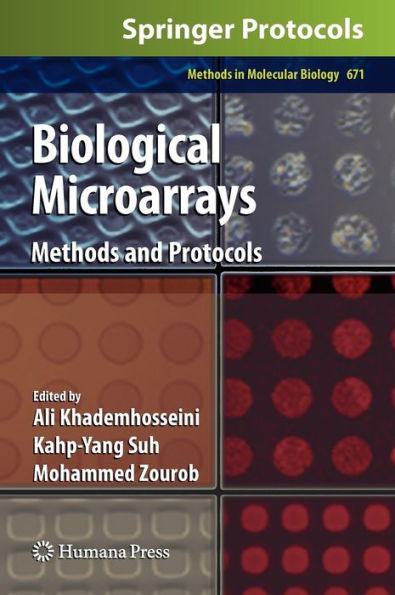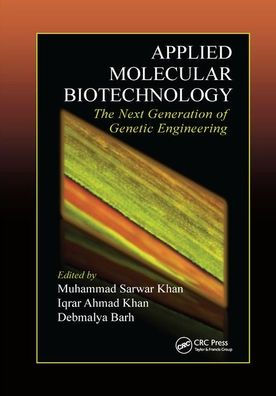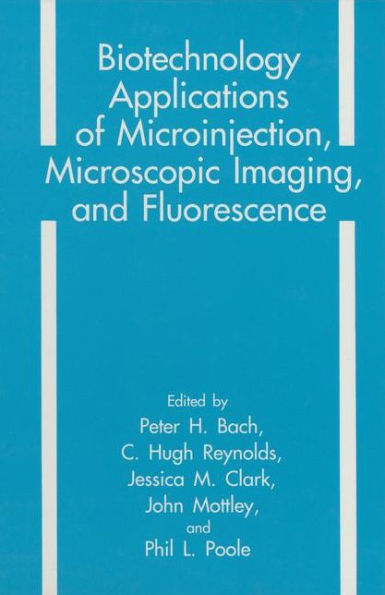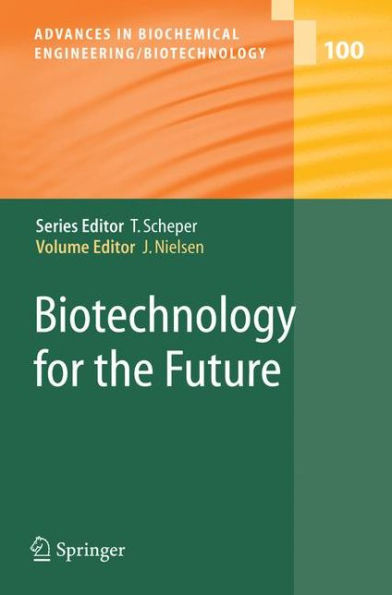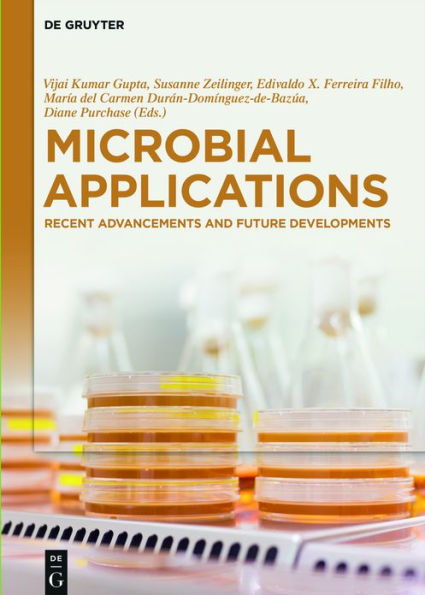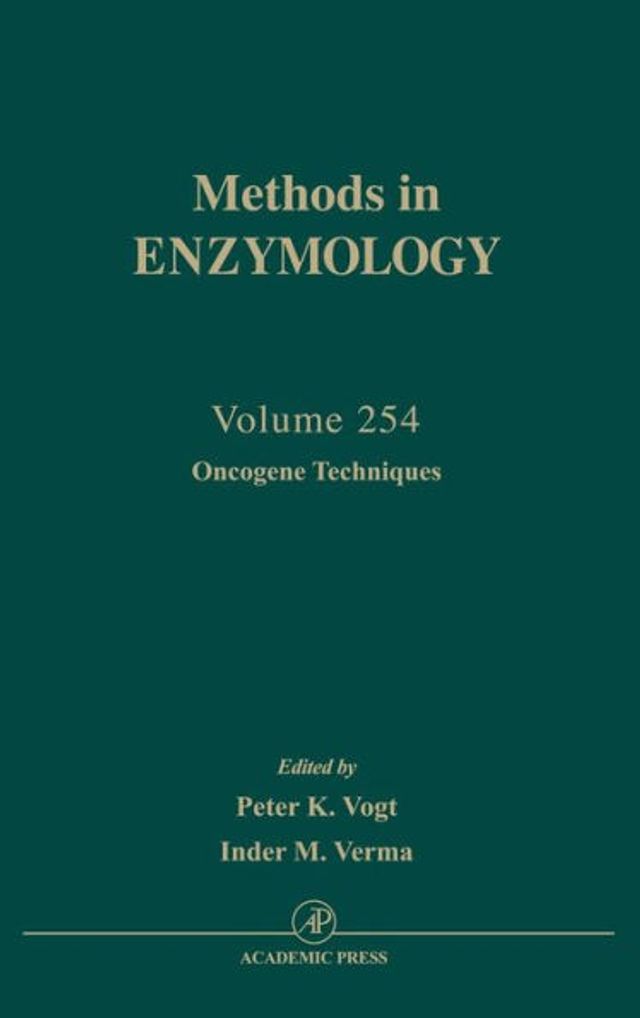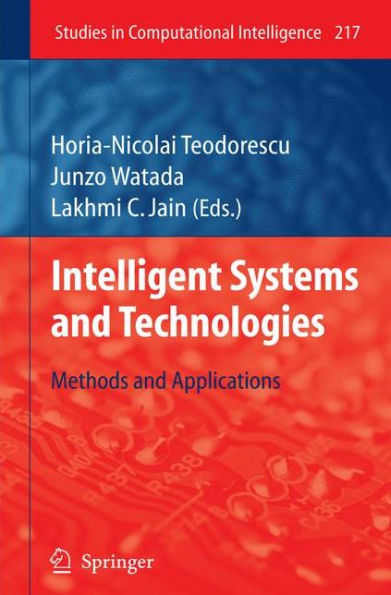Home
Microarray Technology and Its Applications / Edition 1
Barnes and Noble
Microarray Technology and Its Applications / Edition 1
Current price: $219.99
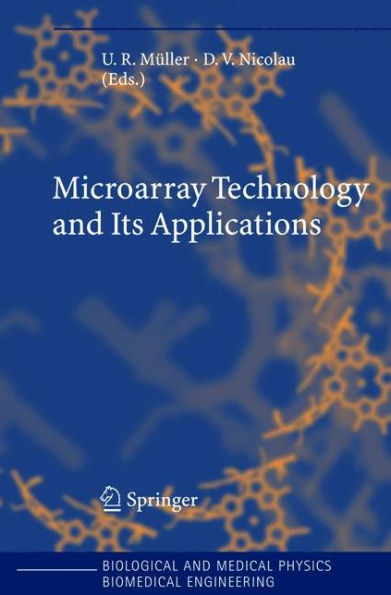

Barnes and Noble
Microarray Technology and Its Applications / Edition 1
Current price: $219.99
Size: OS
Loading Inventory...
*Product information may vary - to confirm product availability, pricing, shipping and return information please contact Barnes and Noble
It has been stated that our knowledge doubles every 20 years, but that maybe an understatement when considering the Life Sciences. A series of discoveries and inventions have propelled our knowledge from the recognition that DNA is the genetic material to a basic molecular understanding of ourselves and the living world around us in less than 50 years. Crucial to this rapid progress was the discovery of the double-helical structure of DNA, which laid the foundation forallhybridizationbasedtechnologies. Thediscoveriesofrestrictionenzymes, ligases, polymerases, combined with key innovations in DNA synthesis and sequencing ushered in the era of biotechnologyas a new science with profound sociological and economic implications that are likely to have a dominating influence on the development of our society during this century. Given the process by which science builds on prior knowledge, it is perhaps unfair to single out a few inventions and credit them with having contributed most to thisavalancheofknowledge. Yet, there are surely some that will be recognized as having had a more profound impact than others, not just in the furthering of our scientific knowledge, but by leveraging commercial applications that provide a tangible return to our society. The now famous Polymerase Chain Reaction, or PCR, is surely one of those, as it has uniquely catalyzed molecular biology during the past 20 years, and continues to have a significant impact on all areas that involve nucleic acids, ranging from molecular pathology to forensics. Ten years ago micro- ray technology emerged as a new and powerful tool to study nucleic acid - quences in a highly multiplexed manner, and has since found equally exciting and useful applications in the study of proteins, metabolites, toxins, viruses, whole cells and even tissues.
